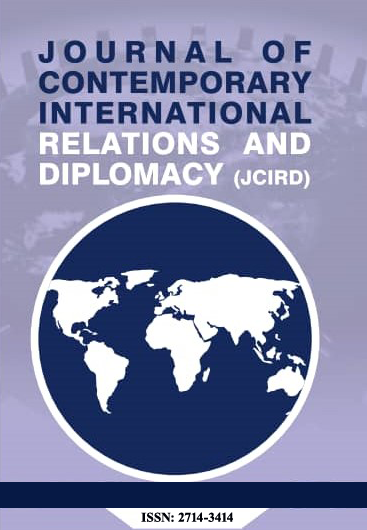Multiplier Effects of the Israeli-Hamas War on other Armed Non-State Actors in the Middle East
Main Article Content
Abstract
This paper examines the multiplier effects of the Israeli-Hamas war on non-state actors, emphasizing how the conflict has reshaped regional security dynamics and militant strategies. Situating the study within Conflict Diffusion Theory and New Wars Theory, the research explores how the war has not only escalated hostilities between Hamas and Israel but has also influenced broader geopolitical alignments, radicalization patterns, and proxy engagements in the Middle East. The study employs a qualitative analytical approach to interrogate how the war has served as a catalyst for the expansion of asymmetric warfare tactics, ideological mobilization, and external state sponsorship of militant groups. Several interrelated conclusions emerge from the analysis. First, the war has enhanced Hamas's strategic visibility, legitimizing its role as a resistance movement despite suffering significant military losses. Second, the conflict has provided a tactical and ideological blueprint for other violent non-state actors (VNSAs), including Hezbollah, the Houthis, and Iran-backed militias, enabling them to expand their operational scope and influence. Third, the war has intensified regional proxy confrontations, disrupting the security architecture of the Middle East and challenging Western strategic interests. To mitigate these challenges, the study recommends a restructured counterterrorism approach that prioritizes intelligence-driven operations over broad military campaigns, an internationally mediated diplomatic framework for Israeli-Palestinian negotiations, and targeted humanitarian interventions to prevent Gaza’s collapse into a perpetual conflict zone.
Downloads
Article Details

This work is licensed under a Creative Commons Attribution-NonCommercial-ShareAlike 4.0 International License.
Except otherwise stated, authors hold the copyright for all pulished articles.




